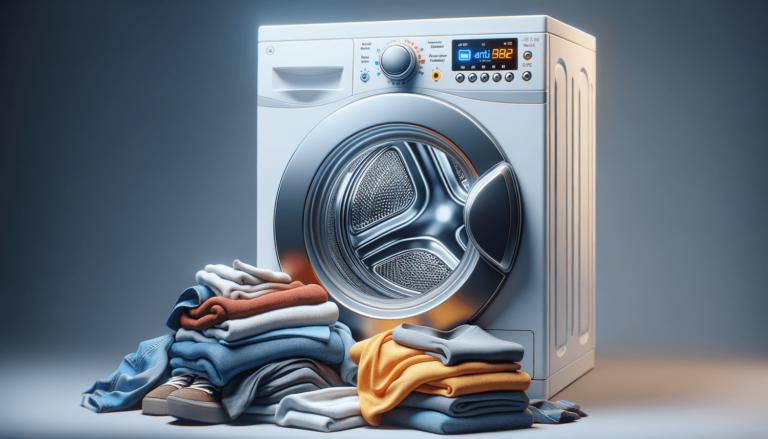

To use a dryer’s anti-static setting, follow these steps:
The anti-static option prevents static electricity build-up on clothes by using low heat and a longer drying time. Typically used for synthetic materials, this setting is ideal to reduce wrinkles, cling, and discomfort.
At Settings King, we encourage making the most of your dryer settings:
Ensure optimal functionality by routinely cleaning the lint filter and dryer vent, helping to avoid potential technical issues and increase safety.
Static cling and discomfort are common issues that arise when drying clothes. Fortunately, most modern dryers come with an anti-static setting that helps prevent static build-up on your clothes, making them more comfortable to wear. In this post, we’ll guide you on how to use the anti-static setting on your dryer, ensuring your clothes remain wrinkle-free and comfortable.
To use a dryer’s anti-static setting, follow these steps:
The anti-static option prevents static electricity build-up on clothes by using low heat and a longer drying time. Typically used for synthetic materials, this setting is ideal to reduce wrinkles, cling, and discomfort.
At Settings King, we encourage making the most of your dryer settings:
Ensure optimal functionality by routinely cleaning the lint filter and dryer vent, helping to avoid potential technical issues and increase safety.
Besides using the anti-static setting, you can incorporate some practices to further reduce static electricity on your clothes:
After reading about using the anti-static setting on your dryer, you may still have some questions. We’ve compiled a list of frequently asked questions to provide you with quick and helpful information.
Yes, you can use dryer sheets with the anti-static setting to further minimize static electricity in your clothes. Dryer sheets help neutralize the electrical charge, making your garments even more comfortable to wear.
Generally, the anti-static setting takes longer to dry clothes as it uses lower heat levels. The longer drying time, coupled with low heat, helps to prevent static build-up without compromising the fabric’s integrity.
Synthetic materials such as polyester, nylon, and acrylic typically experience more static electricity. The anti-static setting is best suited for these fabrics, as it effectively reduces static build-up and cling.
While the anti-static setting won’t harm delicate fabrics, it isn’t explicitly designed for them. For delicate clothes, use the dryer’s ‘delicate,’ ‘low heat,’ or ‘air-dry’ setting to protect the material and ensure longevity.
No, using white vinegar in the rinse cycle won’t damage your clothes or dryer. White vinegar is a natural fabric softener and helps to reduce static without leaving an odor or residue on your garments or the machine.